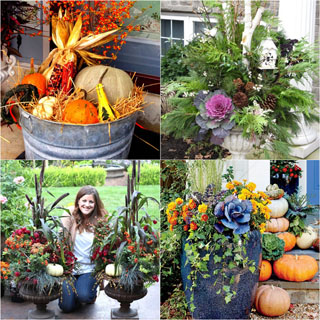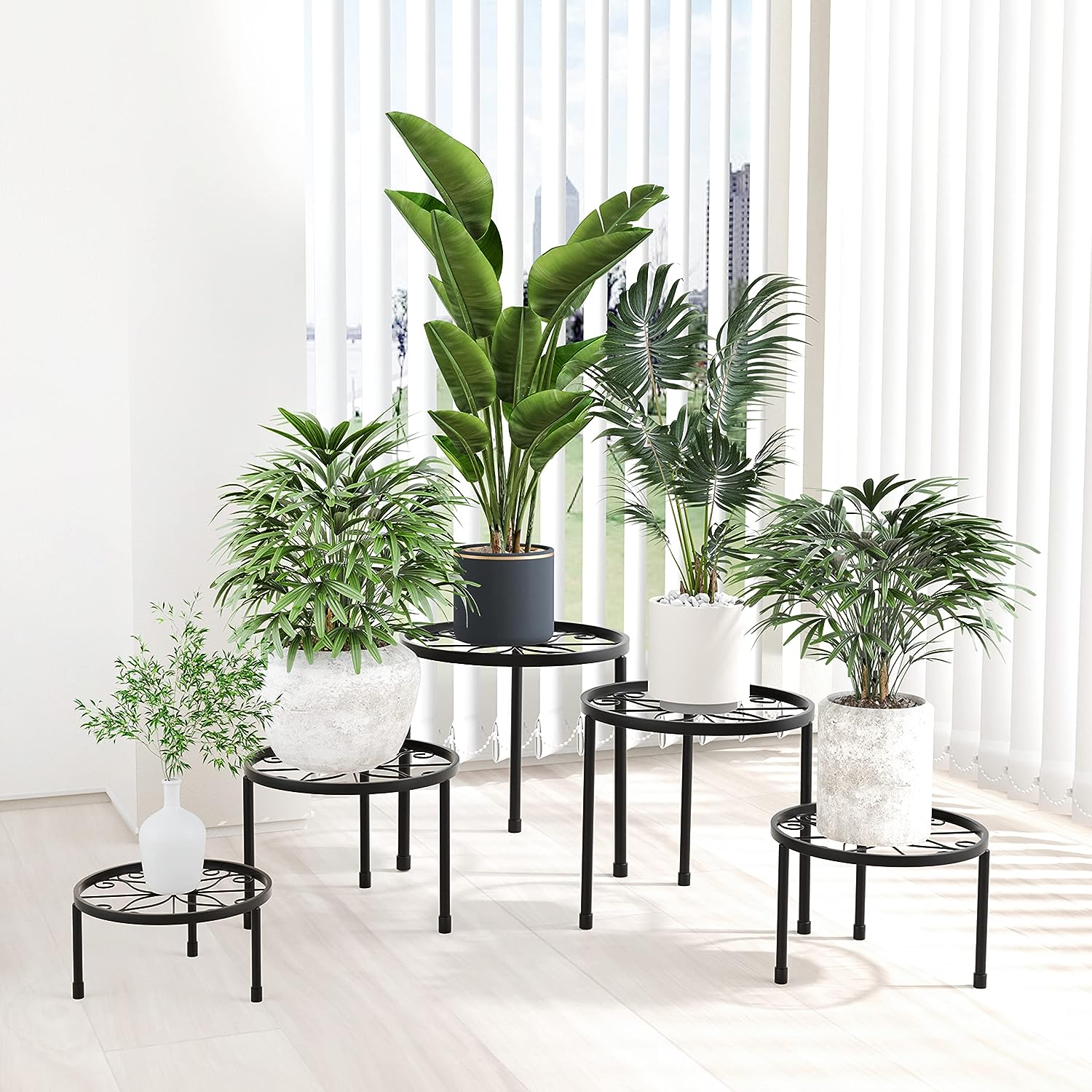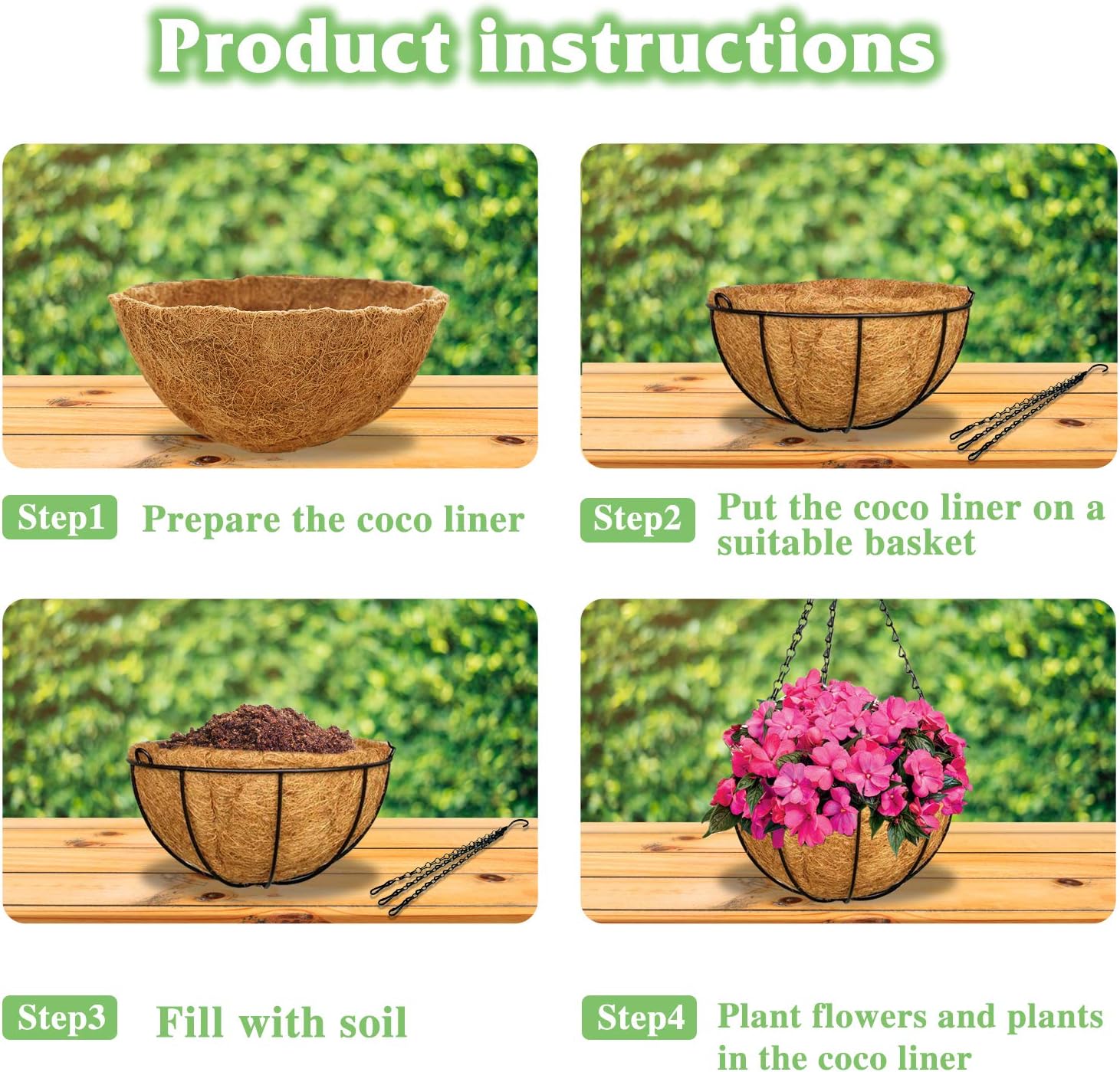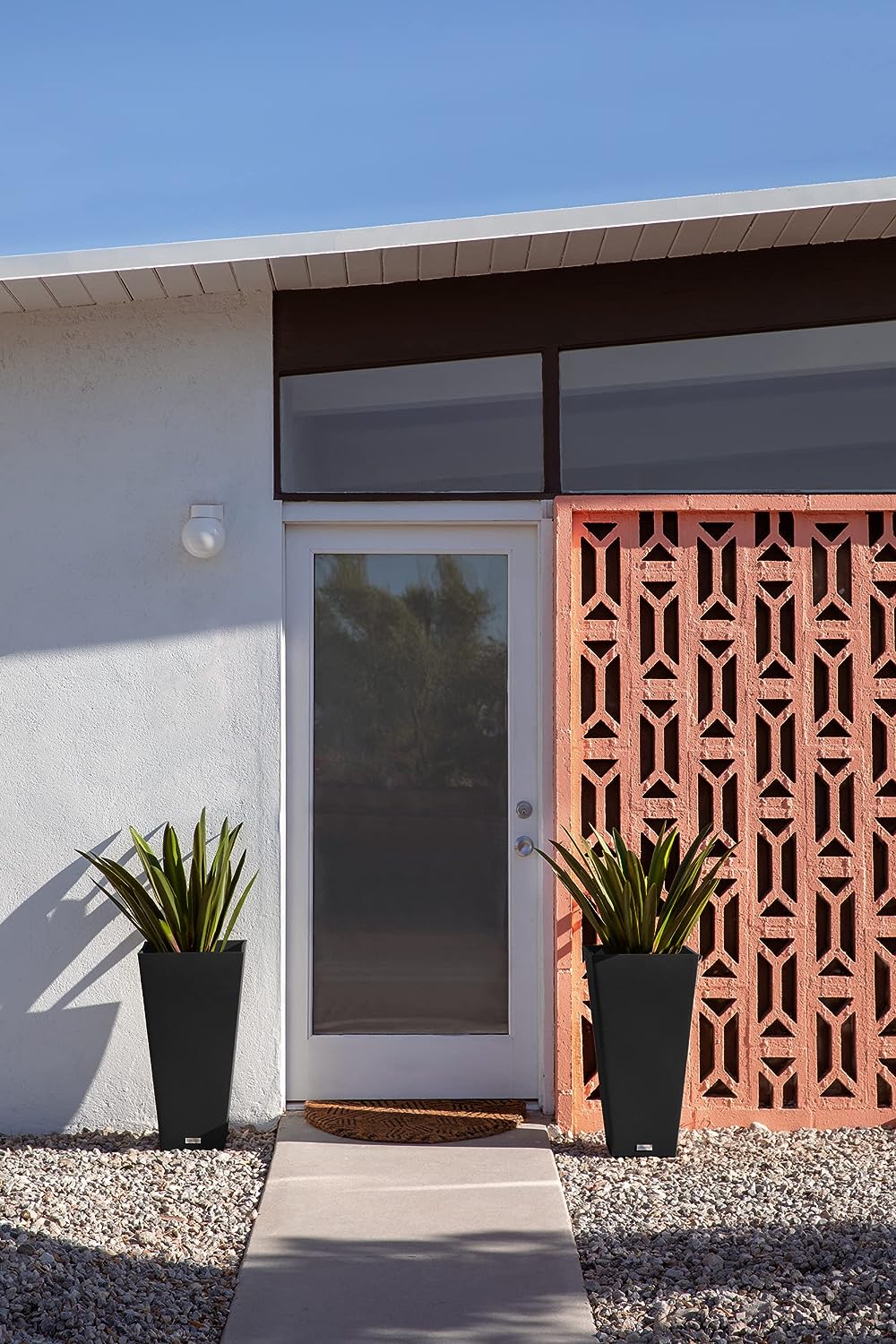In this article, you will discover a plethora of fall planter ideas that will help you create stunning floral arrangements for the autumn season. As the weather cools down and the leaves start to change, it’s the perfect time to bring some vibrant colors and a touch of nature into your home or outdoor space. Whether you’re a seasoned gardener or just starting out, we’ve got you covered with a variety of creative and easy-to-follow ideas that will enhance the beauty of your surroundings and showcase the rich hues of fall. From rustic and charming to modern and sophisticated, there’s a planter idea for every taste and style. So let’s get started and transform your space into a stunning oasis of autumnal beauty!
Choosing the Right Flowers
When it comes to choosing flowers for your fall planter, there are a few factors to consider. First and foremost, you’ll want to think about the color palette. Fall is known for its warm and vibrant hues, so opt for flowers in shades of orange, red, yellow, and deep burgundy. These colors will add a cozy and inviting touch to your arrangement.
In addition to the color palette, it’s important to look for seasonal blooms. Fall is a time of abundance in nature, so take inspiration from the flowers that are in bloom during this season. Sunflowers, dahlias, chrysanthemums, and marigolds are just a few examples of beautiful fall blooms that will make a stunning addition to your planter.
Finally, don’t be afraid to mix and match different flowers. Combining various shapes, sizes, and textures will add depth and visual interest to your arrangement. Consider pairing larger focal flowers with smaller filler flowers to create a well-balanced and visually appealing composition.
Selecting the Perfect Planter
Once you have chosen the right flowers for your fall planter, it’s time to select the perfect container to showcase them. When choosing a planter, consider opting for containers that are inspired by autumn. Look for ones in earthy tones like rust, deep brown, or moss green. These colors will complement the fall blooms and create a cohesive and harmonious look.
In addition to the color, you should also consider the size and shape of the planter. The size of the planter should be proportionate to the size of your flowers and the space you intend to display the arrangement. A planter that is too small may overcrowd the flowers, while one that is too large may make the arrangement look sparse.
Furthermore, check for drainage holes in the planter. This will help to ensure the longevity of your arrangement and prevent any potential damage to the planter.
Lastly, make sure the planter is sturdy enough to hold the weight of the flowers and any additional elements you may choose to incorporate. A stable and solid planter will provide a strong foundation for your arrangement and prevent it from toppling over or becoming unstable.

This image is property of sincerelymariedesigns.com.
Preparing the Planter
Before you start arranging your flowers, it’s important to properly prepare the planter. This will ensure that your arrangement looks its best and stays securely in place.
Begin by cleaning the planter. Remove any dirt or debris that may have accumulated, and wipe it down with a damp cloth to remove any dust or grime. This will create a clean and fresh base for your arrangement.
Next, add drainage material to the bottom of the planter. This could be in the form of pebbles, rocks, or even broken pieces of pottery. The drainage material will help to prevent any water accumulation and provide proper airflow to the roots of your flowers.
After adding the drainage material, line the planter with a waterproof liner. This could be a plastic liner or even a resealable bag. This extra layer of protection will further prevent any water from seeping into the planter and potentially causing damage.
Lastly, prep the flowers by trimming any excess stems or foliage. This will make it easier to arrange them in the planter and ensure a clean and polished look. Additionally, if your flowers have adjustable stems, you can bend and manipulate them to create the desired shape and arrangement.
Creating the Base of the Arrangement
Now that your planter is prepared, it’s time to start creating the base of your floral arrangement. This is an important step as it will provide structure and support for the rest of the flowers and elements you will add.
Start by adding filler material to the bottom of the planter. This could be moss, dried branches, or even a floral foam block. The filler material will help to create a stable base and provide support for the taller flowers in your arrangement.
As you distribute the filler material, consider the overall height and texture you want to achieve. Different textures, such as fluffy moss or gnarled branches, can add dimension and visual interest to your arrangement. Similarly, distributing the filler material evenly throughout the planter will help create a balanced composition.
To ensure symmetry and balance in your arrangement, consider working with odd numbers of flowers and elements. Odd number groupings are visually pleasing and create a sense of harmony. For example, instead of using two flowers of the same type, use three or five to create a more dynamic and visually appealing arrangement.
When creating the base, it’s also important to create a strong foundation. This means placing the taller flowers towards the center or back of the planter and gradually working your way towards the edges. This will create a visually balanced arrangement that is pleasing to the eye.

This image is property of www.apieceofrainbow.com.
Arranging the Flowers
With the base of your arrangement in place, it’s time to start arranging the flowers. Begin by starting with the tallest flowers and placing them towards the center or back of the planter. This will create a focal point and provide a sense of height and depth to your arrangement.
As you arrange the flowers, distribute colors and textures evenly throughout the planter. This will create a visually balanced and harmonious composition. Consider using flowers in different shades of orange, red, and yellow to create a warm and inviting fall-inspired palette.
When arranging the flowers, it’s also a good idea to vary the heights and shapes. This will add visual interest and prevent the arrangement from looking too uniform or flat. For example, mix taller flowers with shorter ones, and incorporate flowers with different petal shapes and textures.
Incorporating Foliage and Filler
To add depth and dimension to your artificial floral arrangement, consider incorporating foliage and filler elements. Fall foliage, such as colorful leaves or branches with berries, can add a seasonal touch and enhance the overall aesthetic of your arrangement.
In addition to fall foliage, you can also use seasonal fillers to add texture and volume. Dried wheat stalks, pine cones, or even small pumpkins can be great options for fall-inspired fillers. These elements will not only complement the flowers but also create a sense of abundance and richness in your arrangement.
Don’t be afraid to add different greens to create movement and flow within your arrangement. Consider using different shades of green and varying leaf shapes and sizes. This will create a visually dynamic composition that mimics the diversity found in nature.

This image is property of www.apieceofrainbow.com.
Adding Additional Elements
To further enhance the beauty and appeal of your floral arrangement, consider adding decorative ornaments or fall-themed accents. These additional elements can add a touch of personality and create a truly unique and eye-catching composition.
Decorative ornaments, such as small birds, butterflies, or even miniature pumpkins, can bring a whimsical and charming element to your arrangement. Place them strategically amongst the flowers to create visual interest and draw the eye.
Fall-themed accents, such as acorns, colorful fall leaves, or even small branches with berries, can add a seasonal touch to your arrangement. These elements will complement the flowers and create a cohesive and cohesive look.
Incorporating natural elements, such as twigs, branches, or even dried flowers, can add a rustic and organic feel to your arrangement. Experiment with different textures and materials to create a visually stunning and unique composition.
Finishing Touches and Details
Once all the elements are in place, it’s time to add the finishing touches and details to your floral arrangement. Take a step back and assess the arrangement from all angles to ensure balanced proportions.
Conceal any visible stem ends by strategically placing foliage or filler elements around them. This will create a more polished and professional look. Additionally, ensure that each side of the arrangement looks appealing by rotating the planter if necessary.
If there is any excess foliage or stems that detract from the overall look of the arrangement, trim them carefully using floral scissors or wire cutters. This will create a more cohesive and clean appearance.

This image is property of www.apieceofrainbow.com.
Refreshing the Arrangement
Over time, even the most carefully arranged floral arrangements will need some refreshing. Wilted flowers or foliage can detract from the overall look, so periodically replace any elements that are past their prime.
Take the opportunity to rearrange and redistribute the flowers and elements as needed. Sometimes, simply changing the placement or grouping of certain flowers can create a more balanced and visually appealing arrangement.
Revisit the design of your floral arrangement regularly to ensure that it still meets your aesthetic preferences and fits in with your overall décor. Making small adjustments and changes over time will keep it looking fresh and ensure that it continues to enhance your space.

This image is property of www.apieceofrainbow.com.




